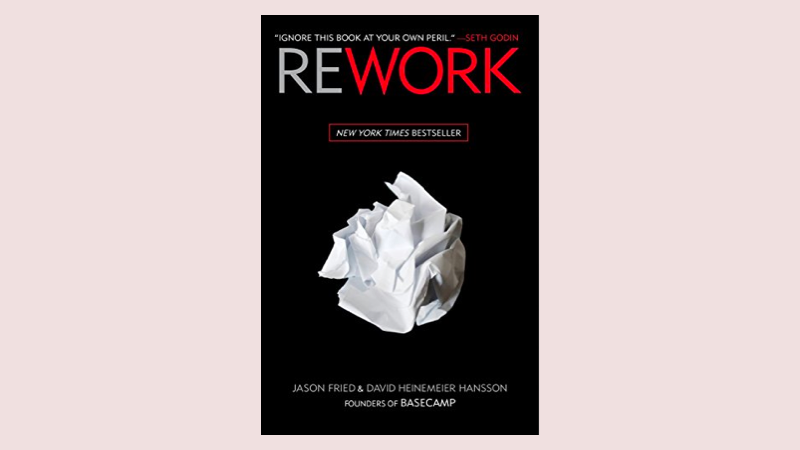Are problems on repeat in your organisation?
Is it like a game of whack-a-mole, where you fix one problem, only for another to pop up?
This happens when organisations are stuck in a firefighting death loop.
Gaps between organisational capabilities (in systems of work, people, assets, finances, culture etc.) and workload (driven by its ambitions, poor prioritisation and/or external circumstances) lead to problems.
The problems might be asset failures, process breakdowns, quality failures, underperformance, misconduct, customer issues etc.
Each problem takes time and focus to resolve.
An example is underperformance. Performance management is time consuming and stressful. Especially for the underperformer, but also for the manager, HR and others involved.
Sometimes it results in a sacking (which can be the kind thing to do). Then there’s even more work recruiting someone new.
Once that’s done, you move straight to the next fire. And your bandwidth is lower from the stress.
The problem in the example above is that, while the case in hand was fixed (the person was replaced), the system that created it wasn’t (recruitment and management processes that led to underperformance weren’t improved). So, it’s likely to reoccur.
The system doesn’t improve and the problems accumulate. And accumulating problems lead to compounding bad outcomes (e.g. increasing numbers of underperformers lead to the deterioration of the assets, systems of work etc. that they’re responsible for, creating more and bigger problems). Eventually, this could threaten the organisation’s viability.
Ray Dalio says that instead – whenever we find a problem – we must address it on two levels:
- What are we going to do about the case in hand (e.g. replace the person with someone more suitable)?
- What changes must we make to the system to address the problem at the root cause (e.g. improve recruitment processes to increase role-person fit, introduce individual OKRs to increase alignment and accountability, improve coaching feedback etc.)
Undisciplined and over-stretched organisations skip step 2. This is when things start to spiral.
But, where do you find the time for step 2 when you’re flat out fire fighting?
There are two levers to pull:
- Improved prioritisation. Let small things go wrong while you’re addressing the bigger issues at the system level. Prioritise the important over the merely urgent.
- Increased resourcing. Invest in temporary resources for a campaign of system improvement.
Where to next?
- Learn how firing someone can be an act of kindness
- Read about the importance of giving feedback to people
- Develop a daily prioritisation habit with our free daily review template



